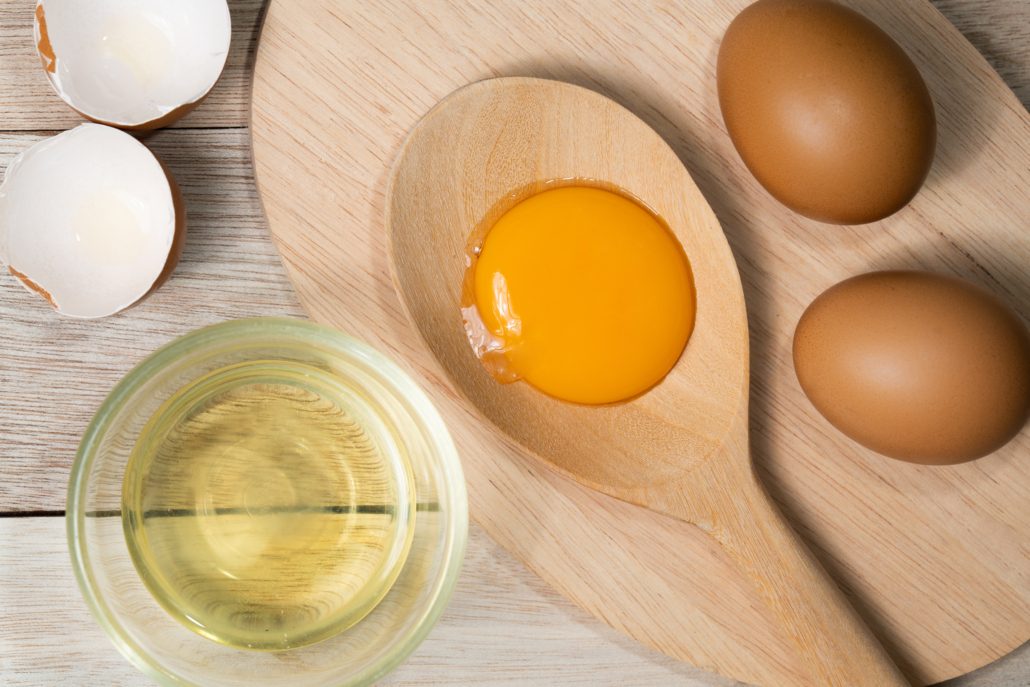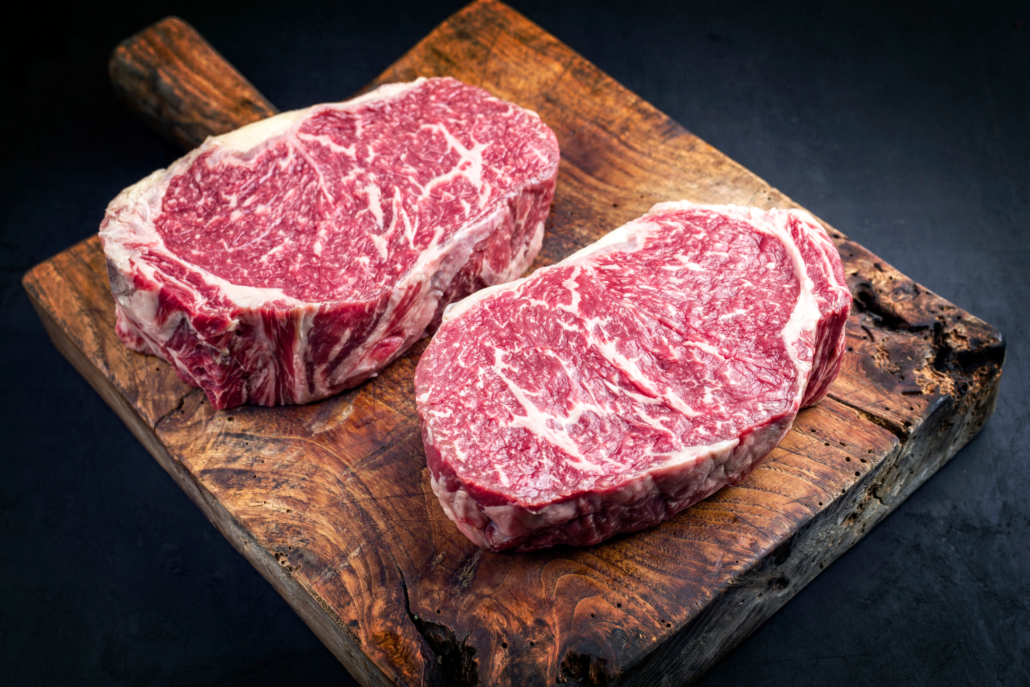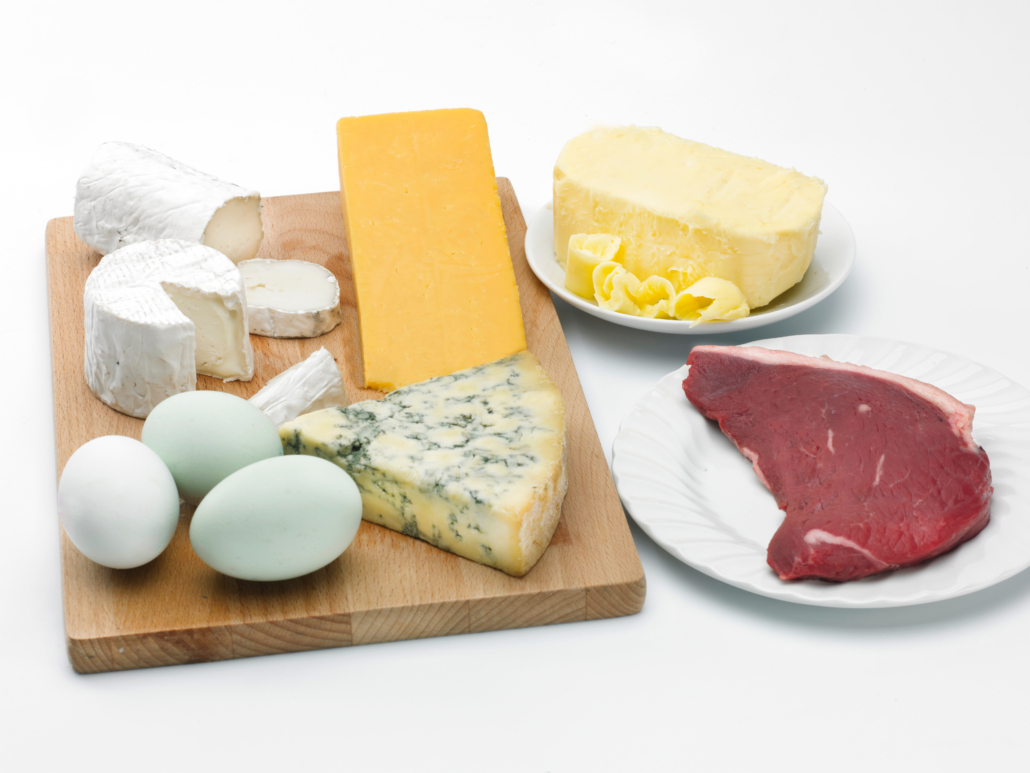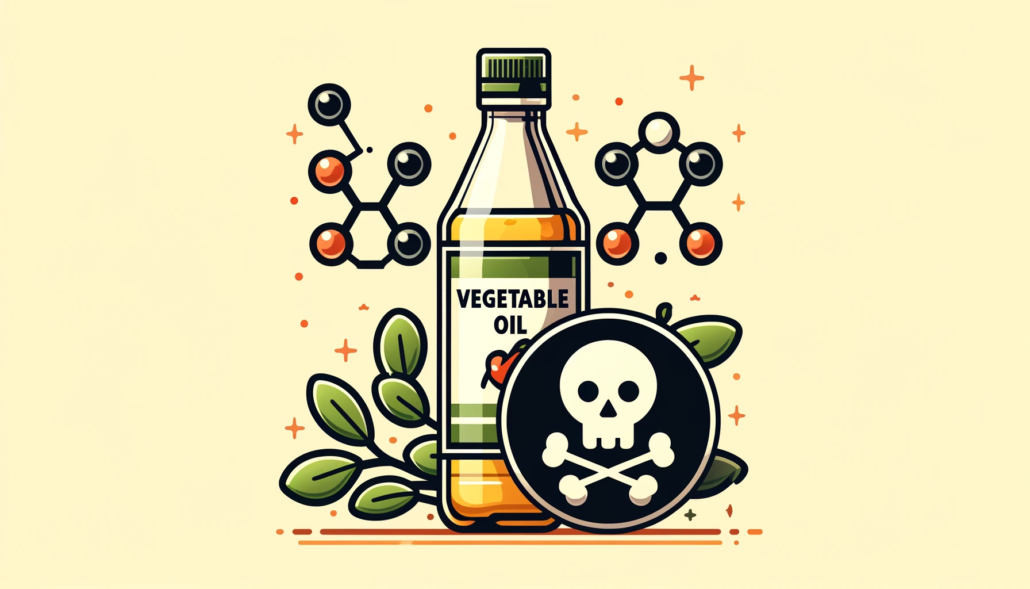We include products in articles we think are useful for our readers. If you buy products or services through links on our website, we may earn a small commission.
Phytoalexins: Dangerous to Humans?
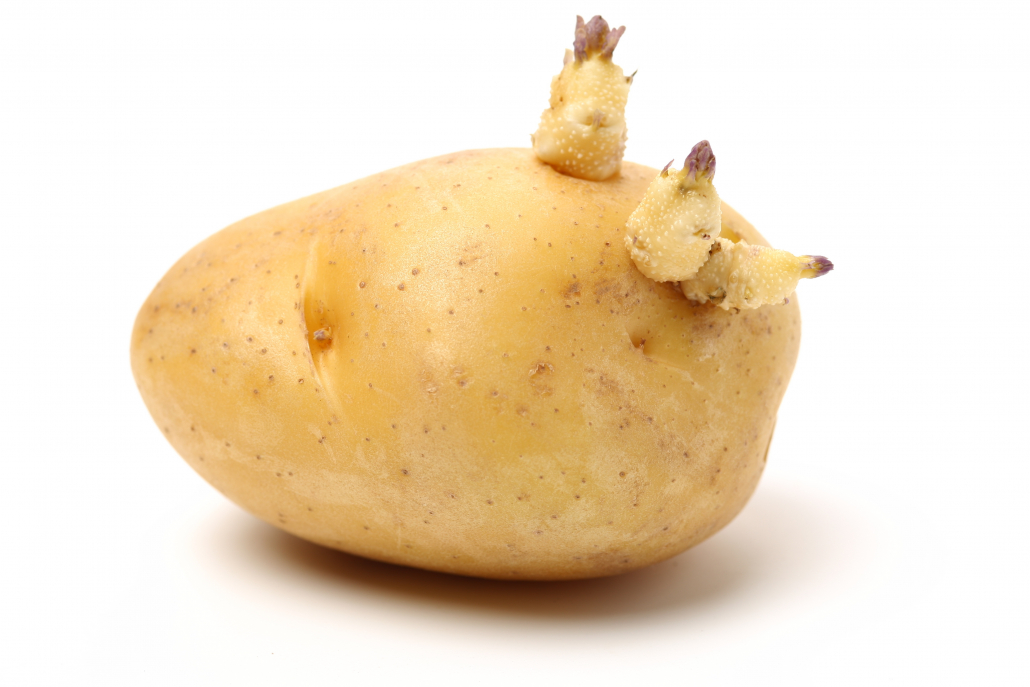
Table of Contents
Plants have an arsenal of chemical defenses that they use against predators and environmental threats like mold and fungus. These are known broadly as plant toxins. Every living organism has evolved ways of protecting itself against predation and harm. Phytoalexins are antimicrobial and ward off toxic microorganisms that can accumulate in plants.
The same properties that make them toxic to microorganisms can cause cellular damage and even severe symptoms of toxicity in humans [1].
What are Phytoalexins?
Phytoalexins generally fall into several chemical classes, including:
- terpenoids
- glucosteroids
- alkaloids
However, the term applies to all phytochemicals that are induced by microbial infection.
Phytoalexins are toxins that do their job of protecting a plant by various means. Some puncture the cell walls, while others delay maturation, disrupt metabolism, or prevent reproduction of the pathogen in question.
Are Phytoalexins Dangerous?
Phytoalexins destroy microorganisms, and these same toxic properties can be dangerous for humans in certain contexts.
Mainstream nutritional recommendations call for eating a plant-based diet but fail to mention that plants contain numerous naturally occurring chemicals that may harm humans [2][3][4]
Glycoalkaloids
One of the most common and potentially harmful phytoalexins that people regularly consume are called glycoalkaloids. Found in potatoes, tomatoes, eggplants, and peppers, these compounds inhibit enzymes, destroy cell lining, and act as a neurotoxin. [5]
Research shows that glycoalkaloids can weaken and open red blood cell membranes and destroy mitochondria–the parts of cells that generate energy.
Other research suggests that the ability of glycoalkaloids to rupture cells may be one of the causes of intestinal permeability known as “leaky gut” [6][7]. To learn how to reduce leaky gut through diet you can learn more here.
In animal studies, these compounds to interact with a thin cellular membrane called the glycocalyx in the intestine in ways that limit nutrient absorption [7]
In lab tests on animals, glycoalkaloids have been shown to cause birth defects [8].
In humans, researchers have determined that “in cases of mild glycoalkaloid poisoning symptoms include headache, vomiting, and diarrhea. Neurological symptoms were also reported, including apathy, restlessness, drowsiness, mental confusion, rambling, incoherence, stupor, hallucinations, dizziness, trembling, and visual disturbances” [9].
Phytoalexins in Garden Peas
Pisatin is a phytoalexin found in garden peas. Garden peas will increase pisatin when attacked by fungus and ultraviolet radiation.
Pisatin has proven itself to be a weak — yet broad-spectrum — antibiotic. In mammalian cells, it has been shown to break down red blood cells and release potassium. [10][11]
Phytoalexins in Green Beans
The major phytoalexin compound produced by the green bean pods is phaseolin.
Like other phytoalexins, phaseolin, along with 4 other substances, is released when the plant is under stress. Stressors include bacteria, viruses, or fungi. These substances may also be released in response to low concentrations of heavy metals.
Regarding their effects on mammalian cells, phaseolin has been shown to disrupt cellular division in sheep. [5]
Phytoalexins in Carrots
Carrots release a phytoalexin called chlorogenic acid when attacked by fungus. Chlorogenic acid has been shown to impair vitamin B1 (thiamine) in rat intestines.
Another phytoalexin in carrots called myristicin was observed to have insecticidal effects.
This toxin is especially harmful to humans. 5 kgs of carrots can cause humans to show signs of toxicity. This phytoalexin can cause excitation in the brain, and may even produce hallucinations [12][13].
Phytoalexins in White Potatoes
As discussed, glycoalkaloids are the main group of phytoalexins in white potatoes and can cause signs of toxicity when consuming only 1 kg tubers.
Humans with healthy GI tracts have fewer reactions to glycoalkaloids. However, even in healthy people, these compounds can build up over time when consuming large amounts of potato products.
Low-dose glycoalkaloid toxicity can result in vomiting and diarrhea. While exposure to high doses can cause serious symptoms including [14][15]:
- Fever
- Low blood pressure
- confusion/disorientation
- Weakness
- tremors
- Spina bifida birth defect
- Fatality
Toxicity levels in humans can be as low as 1 mg glycoalkaloid per kg body weight. While 3 mg/kg can lead to death. For a 150 lbs person, 68 mg may be toxic, while 302 mg may be fatal.
Glycoalkaloid levels in common potato products [16]
| Food Type | Chaconine | Solanine | Total Glycoalkaloid Concentrations |
| Potato chips (1 oz bag) | .36-.88 mg | .29-1.4 mg | 2.7 -12.4 mg/bag |
| Fried potato skins (4 oz) | 4.4-13.6 mg | 2.0-9.5 mg | 6.4- 23.1 mg/4 oz |
There have been studies looking at the potential uses of glycoalkaloids to treat cancers, but this is not necessarily a reason to consume them. The destroying properties known as “apoptosis” that target cancer cells can damage and destroy healthy cells. Furtermore, these studies have only been conducted in vitro and have yet to be attempted with live animals or people. [16]
Phytoalexins in Sweet Potatoes
Sweet potatoes contain several phytoalexins known as terpenes. These occur at areas of damage on the sweet potatoes to protect from infections from microorganisms. They can be detected by the darkening of areas of sweet potatoes.
In cattle consumption of sweet potatoes has been shown to cause pulmonary edema, respiratory distress, and death. While in animal experiments, the compounds ipomeamarone and ipomeamaronol have been shown to cause severe liver damage. [16]
In sweet potatoes available to humans ipomeamarone has been shown at levels between .1 and 7.8 mg/g.
Though reports are conflicting, studies show that baking sweet potatoes can reduce iopmeamarone by 80-90%. For this reason it is strongly advised that you avoid raw or undercooked sweet potatoes.
Vegetables High In Phytoalexins
Here’s a rundown of the different phytoalexins found in popular vegetables.
Garden Pea
- Phytoalexin Pisatin is produced upon stimulation of a fungal infection. It is a weak, broad-spectrum antibiotic.
Green Beans
- Phytoalexin Phaseolin is the major substance found in green beans when the plant is infected with either a bacteria, fungus or virus.
- Phytoalexin Phaseollidin
- Phytoalexin Phaseollinisoflavan
Carrots
- Phytoalexin Chlorogenic acid is the major substance found in a carrot when it is exposed to fungi.
- Phytoalexin Myristicin is an insecticidal compound that produces excitatory effects in humans, and may even produce hallucinations.
- Phytoalexin Caffeic acid has shown disturbance in thiamine absorption in rat intestines.
Sweet Potatoes
- Phytoalexin Ipomeamarone has been shown to cause lung and liver damage in laboratory animals.
- Phytoalexin 7-hydroxycostal
- Phytoalexin Mycelia
White Potatoes
- Phytoalexin Glycoalkaloid alpha-solanine
- Phytoalexin Glycoalkaloid alpha-chaconine
- Phytoalexin Lubimin
Phytoalexins: The Takeaway
Phytoalexins are compounds that occur naturally in plants. They accumulate most often in damaged areas of plants to fend off infection by other microorganisms. These compounds often work by destroying cells in a process called apoptosis.
Human ingestion of phytoalexins in concentrated forms, or chronically over a long period of time can result in toxic symptoms that vary by severity and time.
Symptoms of toxicity can include acute and short-term digestive problems and nausea, cognitive disorders like dizziness and confusion, and long-term symptoms like intestinal permeability, chronic inflammation, nutrient deficiencies, pulmonary complications, and death.
Though some phytoalexins may be neutralized by cooking, others can persist and exist in relatively high quantities in common and popular plant foods.













